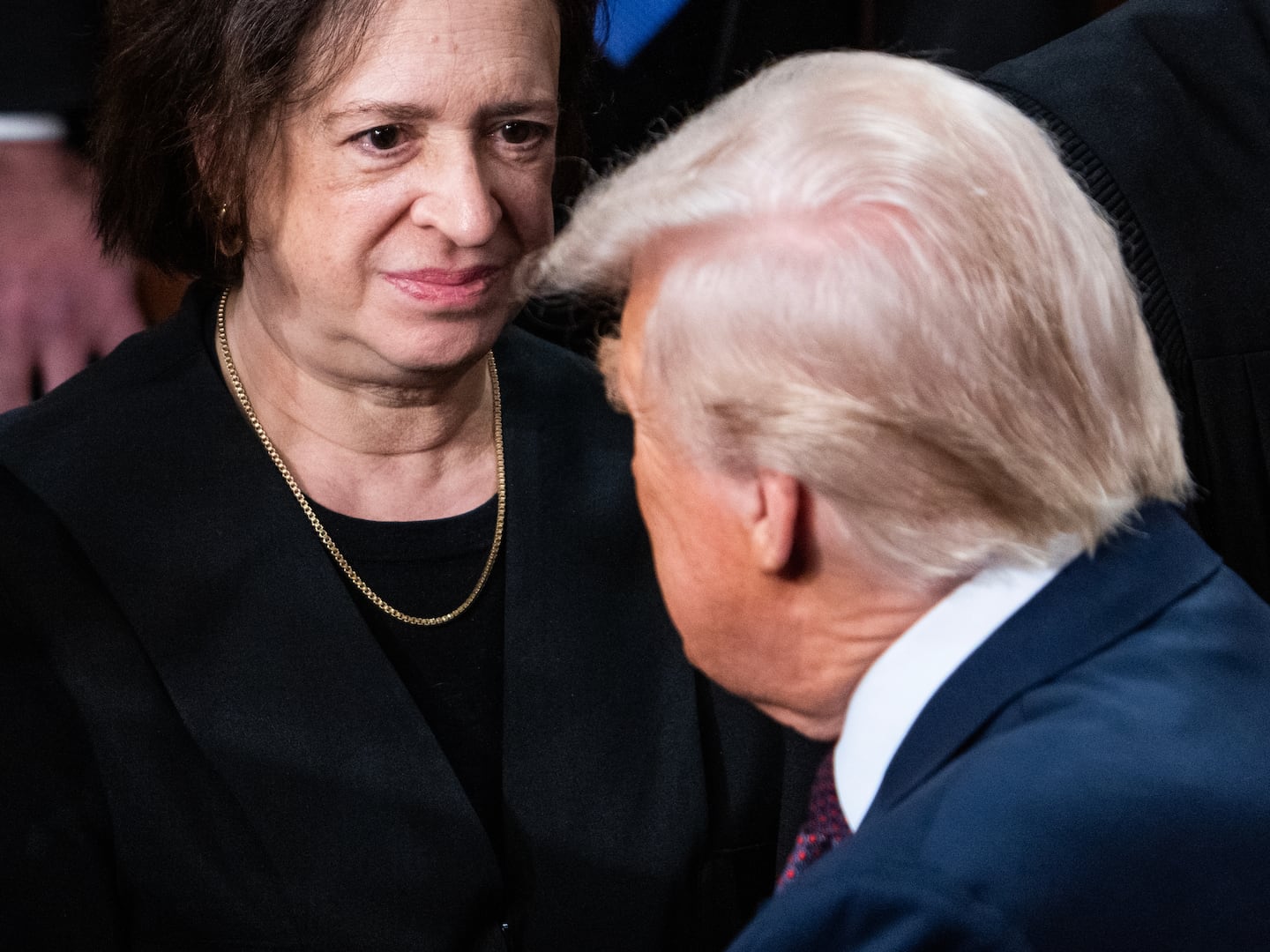A report commissioned by the government of Puerto Rico and released Tuesday estimates Hurricane Maria led to the deaths of 2,975 people, placing it among the deadliest disasters in American history.
The findings of George Washington University’s Milken Institute School of Public Health are nearly triple most estimates of the hurricane’s death toll, and more than 46 times the Puerto Rican government’s early public estimate of 64 deaths caused by the storm that struck on September 20, 2017.
The 2,975 figure would make Maria the second-deadliest hurricane in U.S. history, killing more people than 2005’s Hurricane Katrina, which killed 1,833 people. (A hurricane in Galveston, Texas in 1900 killed approximately 8,000 people.) By comparison, the September 11 attacks killed 2,996 people.
GW’s report was commissioned by Gov. Ricardo Rosselló, who said he accepted the figure over his administration’s initial estimate of 64 deaths. “I am not perfect. I make mistakes,” he told El Nuevo Día, referring to the first death toll.
The Category 5 storm knocked out power on the island, leaving much of it without electricity for almost a year. Meanwhile, residents struggled to get medical care, repair their homes, or even find food and water. Thousands have since left for the mainland United States.
San Juan Mayor Carmen Yulín Cruz, who has been highly critical of President Donald Trump’s response after the hurricane, appeared to blame the government for the deaths.
“These deaths due partly to negligence,” she wrote on Twitter. “For you can kill people with a gun or you can kill them with neglect. The second happened in PR.”
Trump was sharply criticized by Cruz and others during the storm for the federal government’s slow response to the storm, but last year he said, “I give ourselves a 10” out of 10.
The new estimate follows a year of debate over the death toll of the devastating storm. Previous reports have come from Penn State University (1,085), The New York Times (1,082), and Harvard’s T.H. Chan School of Public Health (between 793 and 8,498).
“The results of our epidemiological study suggest that, tragically, Hurricane Maria led to a large number of excess deaths throughout the island,” said Carlos Santos-Burgoa, the project’s principal investigator, in a Tuesday press release. “Certain groups–those in lower income areas and the elderly–faced the highest risk.”
The George Washington study used one of the most common, simplest methods for counting the dead, called a vital statistics count. First, they analyzed demographic data from previous years to calculate how many people would have died between September 2017 and February 2018 had Hurricane Maria not occurred. They then subtracted that figure from the actual number of deaths recorded during the same time period, which produced the 2,975 figure.
That number is 22 percent higher than what would have been expected if a hurricane hadn’t hit, the study found. But for poorer populations, the odds were even worse: residents who lived in the poorest municipalities were 60 percent more likely to die than expected—and that risk persisted beyond February, according to the researchers.
Other researchers used a similar method to George Washington’s team but got far lower results. Although the exact reason remains unclear, that difference is likely due to a difference in the measured time period: the Penn State and New York Times studies only measured deaths until December, while George Washington counted through February.
Despite the findings of these earlier studies, the Puerto Rican government publicly stuck to their estimate, 64, for months. Rosselló repeatedly stated that while he knew the true toll was likely higher, his government would wait for the George Washington study to formally update their estimate. (They did, however, quietly acknowledge a higher total, 1,427, in a draft of a report to Congress published in early August by The New York Times.)
Why was the government’s figure so low in the first place? As The Daily Beast reported previously, the government used a markedly different technique to measure the death toll. For a death to count in the government’s tally, it had to have been linked to the hurricane on the death certificate by a certified examiner.
This led to logistical problems. Funeral directors and physicians reported that they didn’t understand how to record deaths properly, residents cremated their dead before examiners arrived, and the island’s total infrastructural breakdown hampered any attempt at comprehensive recording efforts.
George Washington’s team addressed these concerns in the study, finding that the government’s decision to only record officially certified deaths was the primary reason reported death tolls were so low, leading to “an inadequate indicator for monitoring mortality in the hurricane’s aftermath,” according to the study.
The team added that lack of communication of the guidelines “substantially limited the count of deaths related to Maria.”
The GW team blamed the government for this lack of communication, noting that many funeral homes directors, physicians, and hospital administrators “stated that the Puerto Rico Department of Health (DoH) and the Puerto Rico Department of Public Safety (DPS) did not notify them about the CDC special guidelines for correct documentation of cases, on the importance of correctly documenting deaths related to the hurricane or on an emergency protocol for handling these cases.”
These factors “decreased the perceived transparency and credibility of the Government of Puerto Rico,” the study concluded.
So how does this affect future hurricane death counting? The team recommended that physicians “receive explicit training so that they can more accurately certify deaths under disaster conditions,” and that the government ensure that the Department of Health, including the Vital Statistics Registry and the Bureau of Forensic Sciences, are fully staffed. They also advocated for the development of a more comprehensive method for counting the death toll, to avoid another year-long public fiasco.
“Monitoring should look not only at overall rates of death but also for spikes in death rates in certain areas and within subpopulations, such as the elderly,” the study said.
“The lessons learned from this report and subsequent studies will help not just Puerto Rico, but other regions in the U.S. and around the world that face the ongoing threat of hurricanes and other natural disasters,” report co-author Lynn R. Goldman said in the press release. “If enacted, the recommendations of this report could help save lives in Puerto Rico and beyond.”
— With Pablo Venes in San Juan, Puerto Rico






